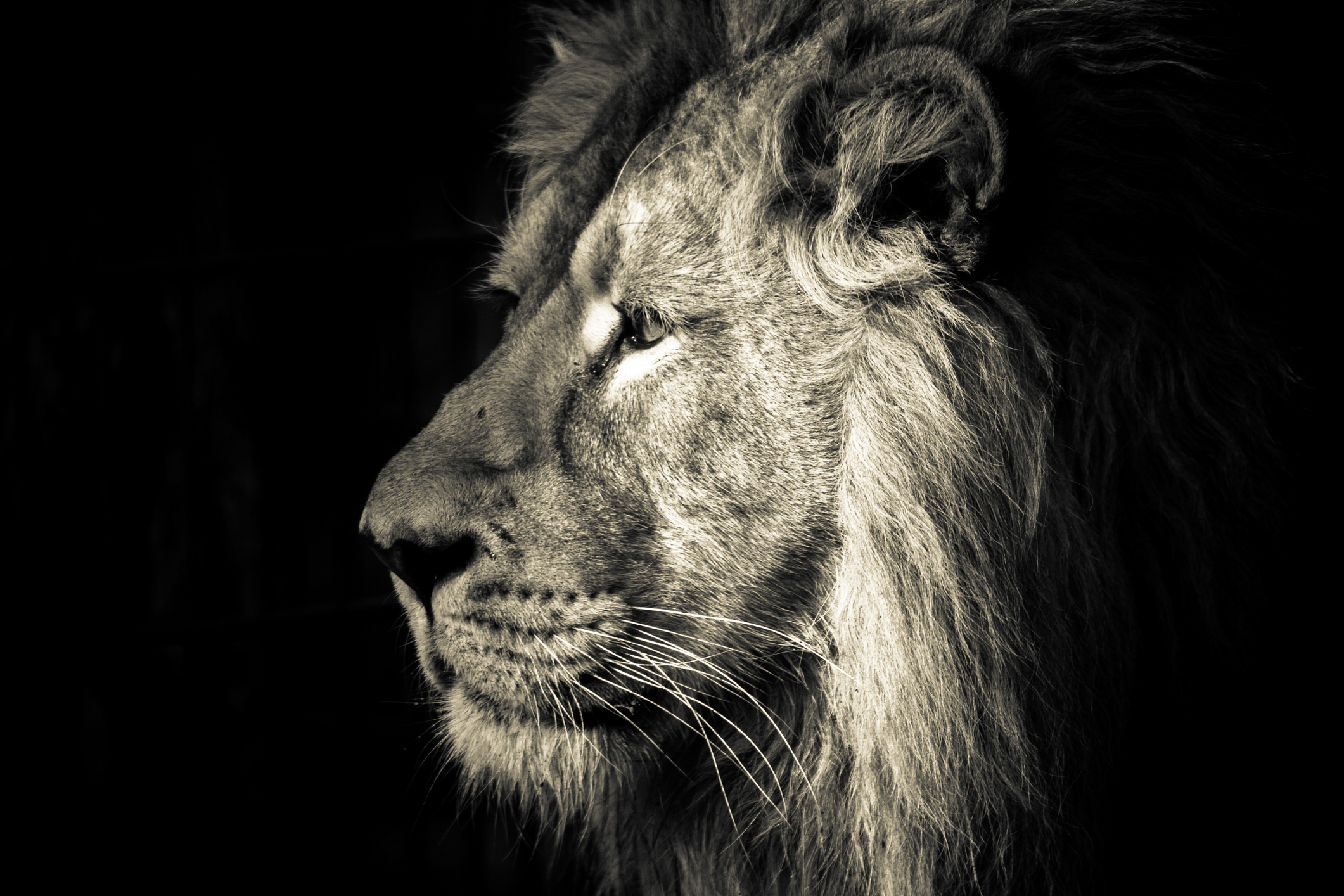“Though we live in the impure land, our hearts reside in the pure land of Eagle Peak. Merely seeing each other’s face would in itself be insignificant. It is the heart that is important.” (“The Drum at the Gate of Thunder,” The Writings of Nichiren Daishonin, vol. 1, p. 949)
July 3 is the Day of Mentor and Disciple in the SGI. The mentor–disciple relationship is central in Nichiren Buddhist practice as a means for discovering and strengthening our limitless potential, courage, wisdom and compassion.
A mentor in Buddhism can be likened to a masterful educator, who inspires students to excel in their studies. While the students have to put in the hard work to grow and advance, skillful teachers can help them develop more quickly and move in the best direction, compared to students who do so on their own.
Further, from the standpoint of Nichiren Buddhism, an exemplary mentor models behavior that inspires their disciples to excel in life. The mentor strives to realize the aim of Buddhism, which is to alleviate the suffering of all people and create a society based on the humanistic ideals of equality and respect for the dignity of all life taught in the Lotus Sutra. No matter the struggles we face, such a mentor can guide us in leading the most valuable, effective and fulfilling lives.
Especially amid these chaotic times when we face the stark reality of racism in our society and a global health crisis, it may be hard to figure out what to focus on, the kinds of actions we can take and how to move forward. In turning to our mentors in Buddhism—Nichiren Daishonin and the three founding Soka Gakkai presidents—we can navigate the turbulent waters of the times with confidence and courage.
Let’s look into the passage above to better understand this perspective.
“It Is the Heart That Is Important”
The study passage above is from a letter that Nichiren wrote to the lay nun Sennichi. At the time, the Daishonin resided on Mount Minobu, while Sennichi lived across the mountains and sea on distant Sado Island.
This letter was written in the summer of 1278, a few months after Sennichi’s husband, Abutsu-bo, had made the treacherous journey from Sado to Mount Minobu, carrying offerings from his wife. While longing to see Nichiren in person, she had stayed back to look after their home.
In response, Nichiren writes, “Though we live in the impure land, our hearts reside in the pure land of Eagle Peak,” compassionately assuring her that, because she is united with him in practicing, protecting and spreading Buddhism, she will attain Buddhahood. He also affirms upholding such faith is more important than “merely seeing each other’s face” (WND-1, 949).
Rather than physical proximity, time or circumstance, the mentor-disciple relationship is based on a more profound level of connection. As the Daishonin says, “It is the heart that is important” (WND-1, 949).
Sharing the Same Resolve
Martin Luther King Jr. found deep inspiration in someone he never met. In studying and applying Mahatma Gandhi’s methods of nonviolent resistance, Dr. King came to lead the American Civil Rights Movement, which generated waves of change that continue to impact society today.
And despite living nearly 700 years apart, founding Soka Gakkai President Tsunesaburo Makiguchi found a mentor in the Daishonin. Through studying his writings, Mr. Makiguchi found a way to apply them to modern life. He organized a way for a growing number of people to practice Nichiren Buddhism and establish lives of absolute happiness.
As exemplified by Dr. King and Mr. Makiguchi, while the mentor guides the disciple, it is the disciple that establishes the relationship by choosing and seeking out the mentor. In Nichiren Buddhism, the disciple’s earnest desire to understand and apply to daily life the mentor’s teaching and practice of Buddhism is critical.
Each morning and evening when we do gongyo, we recite the phrase isshin yokken butsu, which translates as “single-mindedly desiring to see the Buddha” (The Lotus Sutra and Its Opening and Closing Sutras, p. 271).
Regarding Sennichi’s single-minded desire to seek her mentor, Ikeda Sensei says:
Sea and mountains separated Sado Island from Mount Minobu, but [the lay nun Sennichi’s] strong seeking spirit meant that she was always connected to Nichiren Daishonin. Geographic distance has nothing to do with spiritual distance. The hearts of those who struggle courageously with the determination to lead people to happiness and to realize kosen-rufu in the place where they are, no matter how remote it may be, are one with Nichiren Daishonin’s heart. (The New Human Revolution, vol. 13, p. 132)
Advancing With the Mentor
The mentor-disciple relationship is a lifelong pursuit that develops and evolves through time and effort.
Some practical ways to deepen our understanding of this important component of our Buddhist practice is to consistently ask ourselves questions like: How can I apply Nichiren Buddhism today? What can I do to help those around me? In this situation, how would my mentor pray and act?
Then, we seek answers by chanting Nam-myoho-renge-kyo and studying Sensei’s guidance and Nichiren’s writings.
By always engaging in this process of self-reflection, seeking solutions to our problems and taking full responsibility for becoming happy and helping others do the same, we can advance with the same spirit as our mentor in faith and reveal our greatest potential of Buddhahood.
—Prepared by the SGI-USA Study Department staff
You are reading {{ meterCount }} of {{ meterMax }} free premium articles

